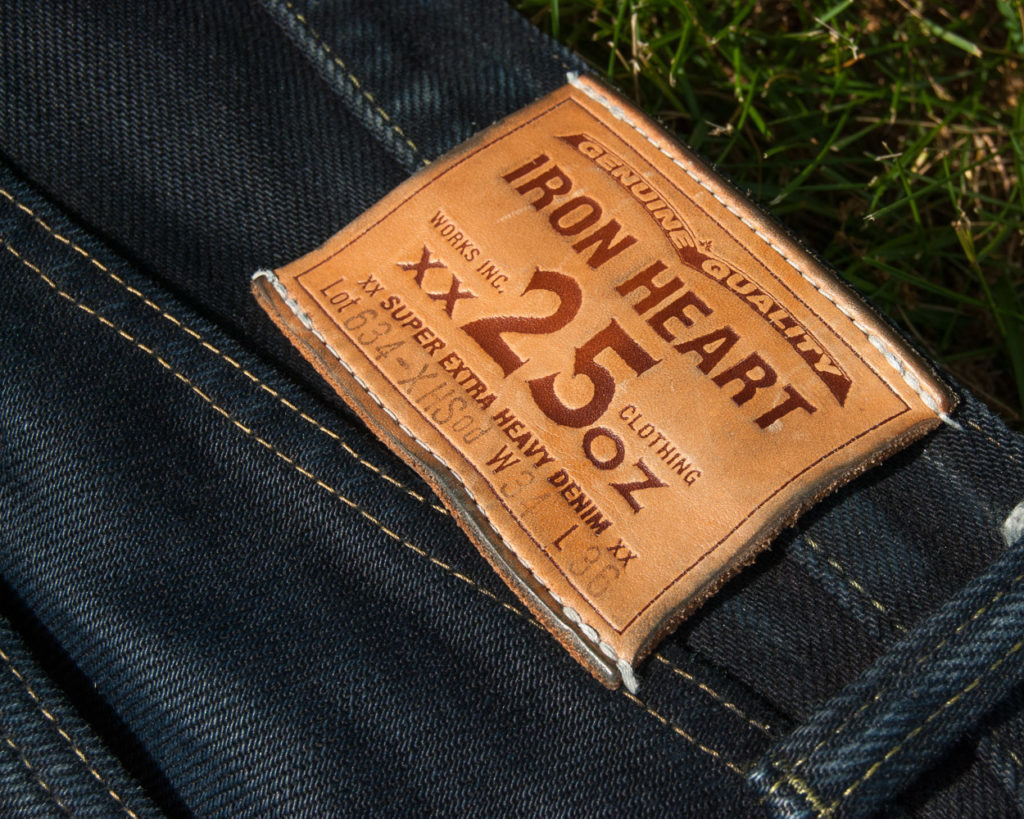
In the realm of fashion, jeans stand as a timeless staple, a ubiquitous presence that has transcended cultural boundaries and generational divides. From the rugged charm of cowboys to the effortless cool of rockstars, jeans have seamlessly adapted to diverse styles and trends, solidifying their position as a wardrobe essential. Amidst the myriad of factors that influence our jean choices, one often overlooked aspect is the weight of these denim wonders. How much, exactly, does a pair of jeans weigh?
Contents
- Decoding Denim Weight: A Measure of Fabric Substance
- Factors Influencing the Weight of Jeans: A Tapestry of Influences
- The Average Jean Weight: Striking a Balance
- Jean Weights of Popular Brands: A Comparative Glance
- The Impact of Jean Weight on Comfort and Wearability: A Delicate Dance
- Choosing Jeans Based on Weight: A Personalized Approach
- Conclusion: The Weight of the Matter
- Beyond the Basics: Specialty Denims and Weight Considerations
- Sustainable Considerations: Weight and Environmental Impact
Decoding Denim Weight: A Measure of Fabric Substance
To unravel the mystery of jean weight, we must first delve into the concept of denim weight. Denim weight, measured in ounces per square yard (oz/yd²), signifies the density of the fabric used to craft jeans. This metric reflects the thickness and sturdiness of the denim, with higher weights indicating a heavier, more substantial fabric.
Denim weights typically range from a featherweight 5-6 oz/yd² to a heavyweight 22 oz/yd² or more. Lightweight denims, with their airy feel, are ideal for warm weather and casual wear, while heavyweight denims, boasting exceptional durability, are better suited for colder climates or activities that demand extra resilience.
Factors Influencing the Weight of Jeans: A Tapestry of Influences
While denim weight plays a pivotal role in determining the overall weight of jeans, it is not the sole factor at play. Several other elements contribute to the heft of these denim denizens, each adding its unique thread to the tapestry of jean weight.
-
Style and Design: The cut and design of jeans can significantly impact their weight. For instance, skinny jeans, with their form-fitting silhouette, tend to be lighter than bootcut jeans, which feature wider legs and more material.
-
Fabric Composition: The composition of the denim fabric itself influences jean weight. Pure cotton denims, the most common type, generally fall within a moderate weight range. However, blends with other fibers, such as polyester or spandex, can alter the weight, making jeans lighter or heavier depending on the proportions.
-
Additional Features: Embellishments like pockets, embroidery, or patches can add extra weight to jeans, particularly when crafted from heavier materials.
The Average Jean Weight: Striking a Balance
The average weight of a pair of jeans typically falls between 8 and 14 oz/yd². This range encompasses a variety of denim weights, catering to diverse preferences and needs. Gender and size also play a role, with men’s jeans generally weighing slightly more than women’s jeans, and larger sizes typically using more fabric than smaller sizes.
However, it is important to note that these averages can vary considerably depending on the specific style, brand, and construction of the jeans. Some jeans, particularly those designed for heavy-duty work or extreme weather conditions, may far exceed the average weight range.
Jean Weights of Popular Brands: A Comparative Glance
To illustrate the diversity of jean weights, let’s examine the weight of iconic styles from a few popular brands:
-
Levi’s 501 Original: These classic straight-leg jeans typically weigh around 12 oz/yd², making them a versatile choice for everyday wear.
-
American Eagle Outfitters Stretch Jeans: Known for their comfortable stretch, these jeans usually weigh around 10 oz/yd², offering a lightweight and breathable option.
-
Diesel Bootcut Jeans: These stylish bootcut jeans often weigh around 13 oz/yd², providing a balance of comfort and durability.
These examples highlight the range of jean weights available, demonstrating that the weight of a pair of jeans can vary significantly depending on the specific style and brand.
The Impact of Jean Weight on Comfort and Wearability: A Delicate Dance
The weight of jeans can have a profound impact on their comfort and wearability. Lighter jeans, with their airy feel and greater breathability, are often preferred for warm weather and casual activities. They offer a sense of freedom and ease of movement, making them ideal for everyday wear.
Heavier jeans, on the other hand, provide enhanced durability and warmth, making them suitable for colder climates or activities that demand extra resilience. However, their sturdier construction may require a break-in period to achieve maximum comfort, and excessively heavy jeans could restrict movement.
Choosing Jeans Based on Weight: A Personalized Approach
When selecting jeans, it is crucial to consider your personal preferences and needs. Factors such as climate, intended activities, and personal style all play a role in determining the ideal jean weight for you.
If you reside in a warm climate and prioritize comfort, opt for lighter jeans. For colder climates or activities that demand durability, consider heavier jeans. And if you have a specific style preference, research the weight range of jeans associated with that style. Ultimately, the best way to find the perfect pair of jeans is to try on styles of different weights to discover the fit and feel that best suits you.
Conclusion: The Weight of the Matter
So, how much does a pair of jeans weigh? The answer, like a well-fitting pair of jeans themselves, is not a one-size-fits-all proposition. Denim weight, style, fabric composition, and additional features all contribute to the weight of your jeans. By understanding these factors and considering your personal needs, you can embark on a more informed journey to find the perfect pair of jeans, ensuring both comfort and style, regardless of how much they tip the scales.
Beyond the Basics: Specialty Denims and Weight Considerations
The world of denim extends far beyond the classic blue jeans. Specialty denims cater to specific needs and preferences, often impacting weight in unique ways:
-
Selvedge Denim: This high-quality denim features a self-finished edge that prevents fraying. Selvedge denim is typically heavier (14 oz/yd² or more) due to its denser weave and higher-quality cotton.
-
Japanese Denim: Renowned for its luxurious feel and unique fades, Japanese denim can range from lightweight (8 oz/yd²) to heavyweight (over 20 oz/yd²). Lighter weights offer a soft drape, while heavier weights boast exceptional durability and intricate fades.
-
Black Denim: Black denim can be achieved through dyeing or using black fibers. Dyed black denim may be slightly heavier than its raw counterpart due to the added dye. Black fibers, on the other hand, can create lighter-weight black jeans.
Understanding these specialty denim types and their weight variations allows for a more nuanced approach to selecting jeans.
Sustainable Considerations: Weight and Environmental Impact
When considering jean weight, it’s important to acknowledge the environmental impact of denim production. Heavier denim typically requires more resources (cotton, water, energy) to produce. While they may be more durable, their environmental footprint is larger.
Lighter-weight denims, particularly those using recycled materials, can offer a more sustainable option. Additionally, opting for high-quality, heavier jeans that you’ll wear for many years can minimize the need for frequent replacements, reducing overall environmental impact.
By understanding the relationship between jean weight and sustainability, you can make more responsible choices while still finding a pair of jeans you love.